About
Top Experiences
Type of Journey
Subscribe to newsletter and stay updated
Read about our travel expeditions, new destinations, new pictures, latest trip schedules
Imbuing the island charm, Nosy Boraha (Ile Sainte Marie) is located just 8 km off Madagascar’s east coast. The island is the perfect place for exploration with deserted beaches with coconut palms on its fringes and luscious vegetation, and fascinating villages inland. Those seeking to relax in the presence of stunning beaches and coral reefs, Sainte Marie is a treasure trove. At the right time of the year, the visitors can spot the humpback whale breaching the ocean surface.
The channel between Sainte Marie and Madagascar is renowned for whale watching. It is the hub of humpback whales, as they migrate to their breeding place here from The Antarctic. The conditions at Sainte Marie are suitable for whales’ courtship and their young ones’ growth. Before their return to the cold seas of The Antarctic, they put forth a powerful acrobatic performance for the delights of the whale watchers.
OVERVIEW
Location: Off East Coast of Madagascar
Nearest Airport: Sainte Marie airport
How to reach: Flight to Sainte marie airport/ferry from mainland
Famous for: Island, Whale watching, pristine beaches, some wildlife
Best time to visit: June to December
WHAT TO SEE
Activities: Whale watching, fishing trips, cycling around the island, snorkeling, scuba diving, village visits
Wildlife: Geckos, frogs, Chameleons and a wider variety of lemurs, including white-fronted brown, black-and-white ruffed lemur, the grey gentle lemur and mouse lemurs.
Nosy Boraha(Ile Sainte Marie), a 57 km long narrow granitic island 8 km off Madagascar east coast, has a main island and several small islets. It is one of the most popular beach destinations in Madagascar. Lush vegetation, small villages, long sandy beaches with palm trees, and the coral reef protected coves and bays are some of the highlights of this tropical dream island. The joie de vivre of the Malagasy emphasizes the beauty and tranquility of Sainte Marie.
Sainte Marie has two options to get around the island– cycling and traditional pirogue. While the former is the most common way, the latter can take visitors to little deserted bays with overgrown tropical vegetation. The quaint island boasts secluded coves and stunning beaches with coconut palms fringing them. The beach is narrow and pleasant in the south of Ambodifotara, which is where most hotels are found.
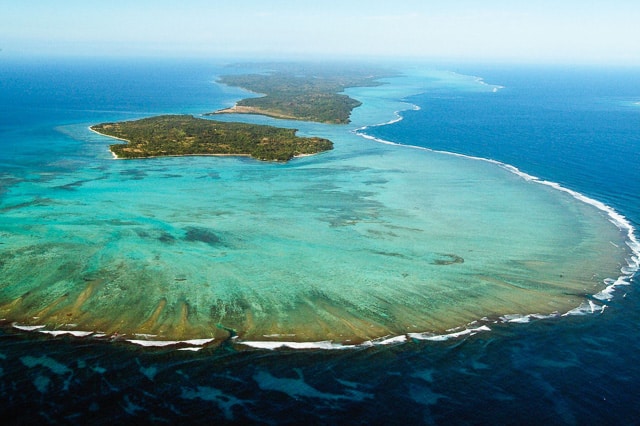
The more difficult to access north-western part of the island is quieter and peaceful, whereas, the east coast was until recently undeveloped and displays a sense of ruggedness. The eastern coast has some of the better beaches, especially on the Ampanihy Peninsula, separated by the long Baie d’Ampanihy from the main island. The turquoise lagoon, here, is beautiful but not suitable for swimming due to its shallowness. The islet aux Nattes and northern and western coasts have the best swimming beaches.
Sainte Marie is home to a well-developed infrastructure for tourists with several hotels and service providers. However, despite this and the scenic beauty of the island, the tourist flow is lesser than that of Nosy Be. Months from July to August are when the island sees most visitors, who come here to watch the ballet of the humpback whales. It is during these months do the whales come to the island to breed and give birth.
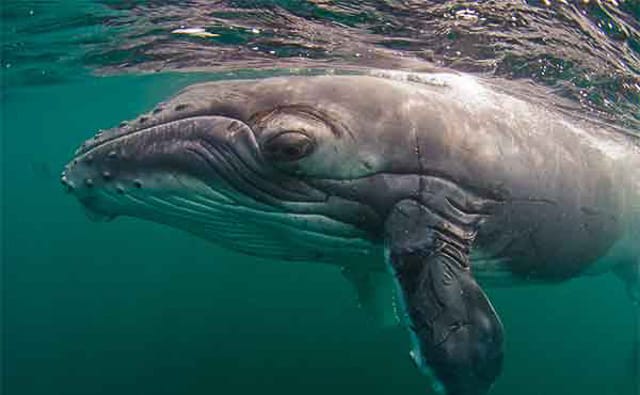
Whale watching
From June to the end of September, the winter months, Sainte Marie’s seas offer a fascinating natural spectacle. Groups of humpback whales make their way to the island’s sheltered waters from the Antarctic, annually. Here, they calve, nurse their young, and engage in spectacular courtship activities.
On some days, visitors can spot the humpback whales breaching in the narrow canal that separates the island from the mainland. You can see the whales from anywhere on the island, but the best way to watch them is going aboard a fast motor launch along with a whale-watching specialist. There are regular whale-watching tours that also ensure to leave the whales undisturbed. Sometimes visitors may be invited to observe and collect data on whale behavior, songs, diving length, location, etc., for the world database.
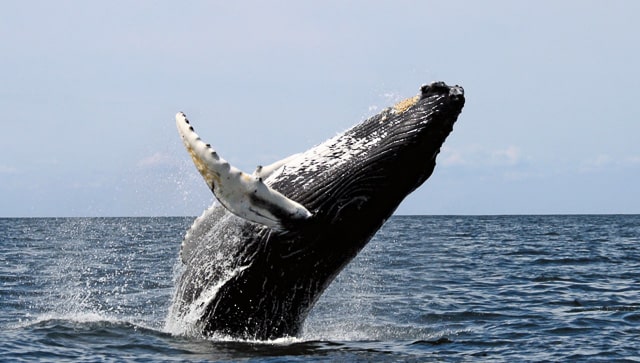
Forests
Sainte Marie, like most of the eastern coast of Madagascar, has a high rainfall annually and a naturally lush environment. Ankarena beach with forest vegetation on its border and a waterfront cave is the best place to discover the flora and fauna of the Indian Ocean. Ikalaho forest, occupying a 400 ha area, is home to a variety of orchids. Three lemur species– the Microcebus, the mouse lemur, and the dwarf lemur also call this forest area their home. Ikalaho also has chameleons inhabiting it, all of which are endemic.
Sainte Marie has two other forest areas– Ambondena Secondary forest and Ampanihy forest. The former is a host to a wide variety of tree frogs, geckos, birds, and chameleons. The primates population in the forest include brown lemurs with bald heads, mouse lemurs, soft grey lemurs, and red and white cubs. On the other hand, mangrove that can be explored by canoe dominates the Ampanihy forest. Marine turtles lay their eggs on the beach here, sometimes.
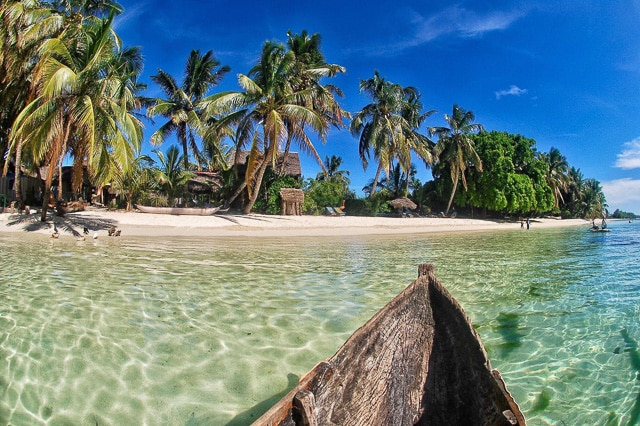
The old fort
Sainte Marie’s old fort was first built by the East India Company in 1753, followed by additional constructions and additions in 1870. The fort, which is occupied by the Malagasy army, today, once served as a prison. During that time, the island was riddled with convicts. The main gates of the building show the insignia of King of France and Head of the West Indies Company, Louis XV, even today. Sylvain Roux is buried near the fort gate.
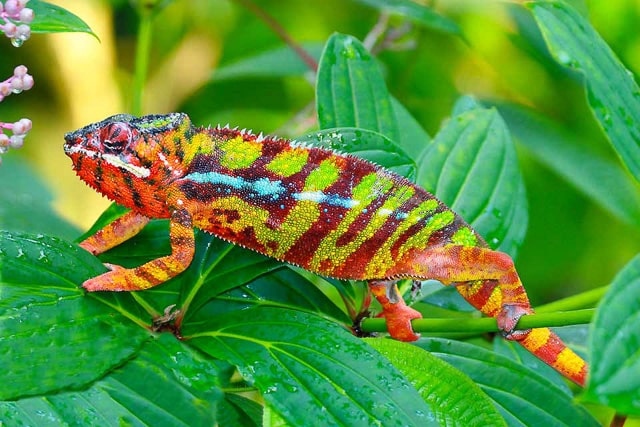
Islands and activities
Other activities visitors can do during a trip to Nosy Boraha(Ile Sainte Marie)are fishing trips, cycling around the island, snorkeling, and diving. The island allows one to go wreck diving around pirate ships. Ile aux Nattes, located to the south of Sainte Marie, boasts some of Madagascar’s best corals.
The island is a treat to a naturalist with the presence of various lemur species like mouse lemurs, brown lemurs, grey gentle lemurs, black-and-white lemurs, and the white-fronted brown lemur. Its diverse orchid and reptile life, including the 2 foot long Parson’s Chameleon, are yet another highlight.
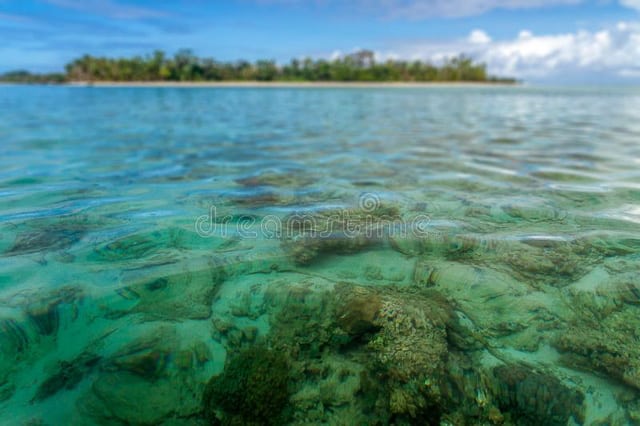
Located at the north-west tip of the country with a wide variety of on-water, underwater, and wildlife activities, Nosy Ankao is an exclusive private island eco-resort. It was built in 1998 and designed by the team that designed the uber-chic North Island in Seychelles. The private island resort is an idyllic way to spend a few days.